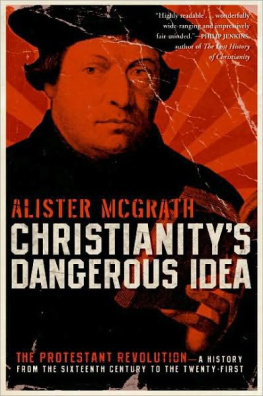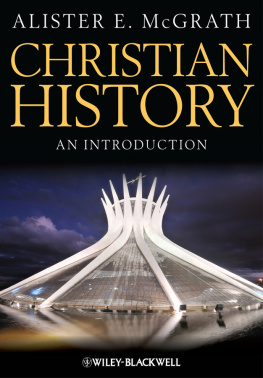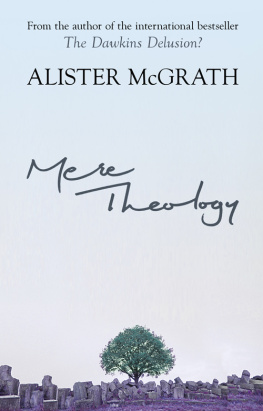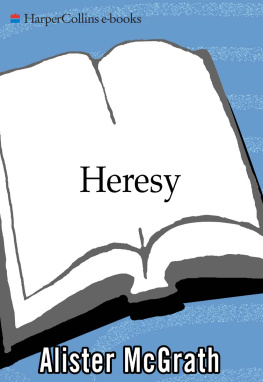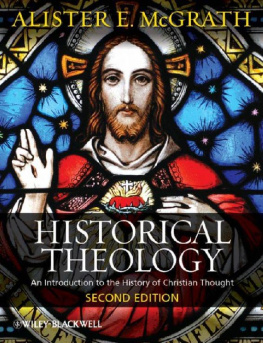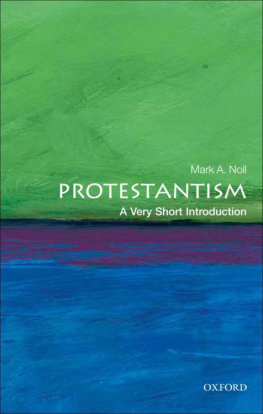McGrath - Christianitys Dangerous Idea: The Protestant Revolution--A History From the Sixteenth Century to the Twenty-First
Here you can read online McGrath - Christianitys Dangerous Idea: The Protestant Revolution--A History From the Sixteenth Century to the Twenty-First full text of the book (entire story) in english for free. Download pdf and epub, get meaning, cover and reviews about this ebook. year: 2007, publisher: HarperOne, genre: Religion. Description of the work, (preface) as well as reviews are available. Best literature library LitArk.com created for fans of good reading and offers a wide selection of genres:
Romance novel
Science fiction
Adventure
Detective
Science
History
Home and family
Prose
Art
Politics
Computer
Non-fiction
Religion
Business
Children
Humor
Choose a favorite category and find really read worthwhile books. Enjoy immersion in the world of imagination, feel the emotions of the characters or learn something new for yourself, make an fascinating discovery.
Christianitys Dangerous Idea: The Protestant Revolution--A History From the Sixteenth Century to the Twenty-First: summary, description and annotation
We offer to read an annotation, description, summary or preface (depends on what the author of the book "Christianitys Dangerous Idea: The Protestant Revolution--A History From the Sixteenth Century to the Twenty-First" wrote himself). If you haven't found the necessary information about the book — write in the comments, we will try to find it.
A New Interpretation of Protestantism and Its Impact on the World
The radical idea that individuals could interpret the Bible for themselves spawned a revolution that is still being played out on the world stage today. This innovation lies at the heart of Protestantisms remarkable instability and adaptability. World-renowned scholar Alister McGrath sheds new light on the fascinating figures and movements that continue to inspire debate and division across the full spectrum of Protestant churches and communities worldwide.
**
From Publishers WeeklyThis is McGraths third book title borrowed from his atheist bte noir Richard Dawkins. But dont let the titular borrowings fool you: this is an original and important book. Someone had to imitate the long, popular works of history being written on secular subjects from Lewis & Clark to FDR, and McGrath has the theological and historical expertise necessary to tell a story stretching from the Reformations origins in the 16th century to today. The dangerous idea was Martin Luthers: that individual believers could and should read the Bible for themselves. The result was occasionally violent (as in the peasants revolt and the English Civil War), occasionally brilliant (musicians like Bach, theologians like Calvin and Jonathan Edwards, poets like Milton) and certainly world altering (the Calvinist Reformation clearing space for the rise of secular science and capitalism). McGrath concludes not with the faith practices of present-day England or America, but with the increasingly Pentecostal global south. The book occasionally falls into the dry tone of a textbook and assumes points that historians would want to debate, but is still the most readable introduction to the history, theology and present-day practices of Protestantism. (Oct.)
Copyright Reed Business Information, a division of Reed Elsevier Inc. All rights reserved.
An original and important book... the most readable introduction to the history, theology and present-day practices of Protestantism. (Publishers Weekly)
Formats : EPUB,MOBIMcGrath: author's other books
Who wrote Christianitys Dangerous Idea: The Protestant Revolution--A History From the Sixteenth Century to the Twenty-First? Find out the surname, the name of the author of the book and a list of all author's works by series.

